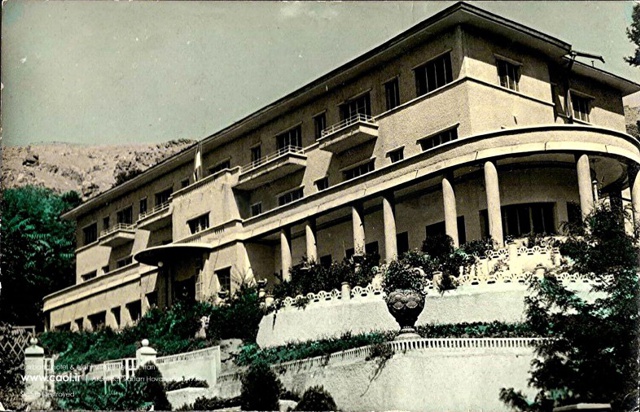For those who knew it, the Darband Hotel is not just a place, but a fragment of Tehran’s lost soul — a symbol of an age when the city looked confidently to the world while holding fast to its mountain roots. Older Tehranis still speak of it with a wistful smile, recalling dinners by the fire or weekend hikes that ended with tea on the terrace. Today, if you walk up Darband’s steep path and pause for a moment among the cafés and kebab houses that line the river, you can almost imagine the hotel still there — quiet, dignified, watching over the valley.
Its walls may be gone, but its spirit lingers in the cool air and the soft hum of life that still fills the mountains. By the mid-1970s, Tehran was transforming quickly — new highways, luxury hotels, and modern shopping centers were reshaping the city. Yet the Darband Hotel retained its timeless appeal. It represented an older rhythm of leisure: long afternoons spent with friends, laughter echoing under walnut trees, and late-night walks along the mountain paths where the city’s glow shimmered below.


